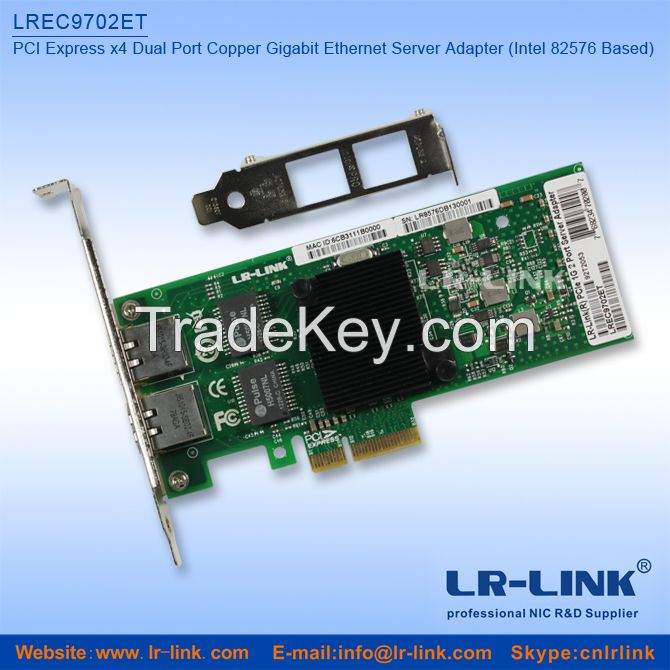

Precio FOB
Obtener el precio más reciente1 ~ 40 USD / Piece ( Negotiable )
|5 Piece Minimum Order
País:
China
N º de Modelo:
LREC9702ET
Precio FOB:
1 ~ 40 USD / Piece ( Negotiable ) Obtener el precio más reciente
Lugar de origen:
China
Precio de pedido mínimo:
1 per Piece
Cantidad de pedido mínimo:
5 Piece
Detalle de embalaje:
Blister package and brown box
El tiempo de entrega:
2~25 DAYS
Capacidad de suministro:
50000 Piece per Week
Tipo de pago:
T/T, Western Union, Money Gram, PayPal
Grupo de productos :
Persona de contacto Ms. Cherry
C4 Bldg Xintang Industry Zone,Baishixia Fuyong Town, Bao'an District, Shenzhen, Guangdong
| M/N | Description |
| LREC***2ET | PCI Express x4 Dual Port Copper Gigabit Ethernet Server Adapter (Intel ****6 Based) |
| País: | China |
| N º de Modelo: | LREC9702ET |
| Precio FOB: | 1 ~ 40 / Piece ( Negotiable ) Obtener el precio más reciente |
| Lugar de origen: | China |
| Precio de pedido mínimo: | 1 per Piece |
| Cantidad de pedido mínimo: | 5 Piece |
| Detalle de embalaje: | Blister package and brown box |
| El tiempo de entrega: | 2~25 DAYS |
| Capacidad de suministro: | 50000 Piece per Week |
| Tipo de pago: | T/T, Western Union, Money Gram, PayPal |
| Grupo de productos : | 10/100/1000Mps network card |